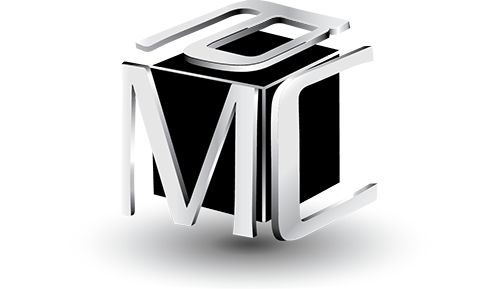Leadership Development Redefined
Leadership Development Redefined
Michael Couch
President
Michael Couch and Associates Inc.
Pittsburgh, PA
Depending on the company and the decade, there seems to be widely divergent definitions of leadership development. I define Leadership Development as a deliberate and systematic process to:
- Identify critical leadership competencies,
- Identify pools of high-potential candidates at all levels of the organization,
- Accelerate the development of mission-critical leadership competencies through intentional development, and
- Regularly measure progress.
This definition is very close to my definition of succession management. That’s no coincidence. I view them as being strongly linked talent management processes. (For more thoughts and information on Succession Management)
Deliberate and systematic process. Leadership Development should be viewed as a process, not a one-time event. The process should be driven from and linked closely to the business strategy. What leaders target in their development should be the same competencies that are targeted in hiring, promotion, performance management, workforce planning, etc. All the talent processes should be aligned toward the same thing – maintaining and improving the capability of the organization.
Critical leadership competencies. If you don’t get the competencies right, than nothing else matters. Competencies are knowledge, skills, and abilities related to success at work. They are measurable, assessable behaviors, not personality traits. The critical competencies for an organization can be translated directly from the business strategy and should clearly define future high-performance. All competencies can be developed; some are just more difficult to develop than others.
Talent Pools at All Levels. Leadership development should focus on pools of talent at all levels of the organization and not just at the top. You actually start feeding the pipeline of talent with every entry-level hire that you make. High potential talent should be assess from those entry-level “early watch” pools, through middle managers and up through the top of the organization. The assessment and development process is the same, it’s just that the competencies critical for success are typically harder to develop as you move up organizations.
Development must be intentional. Mission-critical leadership competencies are not developed through training. In addition, Leadership Development should be built-in to the work of the leader, not bolted-on as an extra task that has to be accomplished. Effective leadership development has more to do with individualized development planning supported by a range of non-traditional tools such as coaching, targeted rotational assignments, mentoring and development cohorts. Social media that helps build connections can also play a role.
One-size-fits-all or one-and-done training events typically have very low impact and, therefore, almost no return on the time and money invested. Training should be a small part of a leadership development process (less than 10% of the investment) and must be linked to a meaningful business challenge.
Development is also multi-dimensional – there’s not just one way to address a target competency. Typical development focuses on addressing a weakness. Development can also include moving a mission-critical competency from average to strength, moving a strength to an outstanding capability, substituting one competency for another, or toning down a competency that is over-used.
Measure Progress. Properly implemented leadership development has a positive ROI. However, the process and its impact should be measured to assure that it is creating the desired business results and so that it can be continually improved. Talent measurement begins with a valid and robust talent assessment process. Once a talent capability baseline is established, than progress can be tracked over time and compared to the investment made in development. Some favorite talent tracking measures include:
- Pivotal Role internal placement rate
- A Player (high potential) retention rate
- Ratio of A Players to C & D Players (in numbers and total compensation)
- % Pivotal Roles with ready backup
- % High Potentials with development plans
- Quality of new hires
- Retention by talent pool
- Quality of talent pools
If you and your company are looking to create the next generation of leaders, make sure that your definition of the process is clear.

